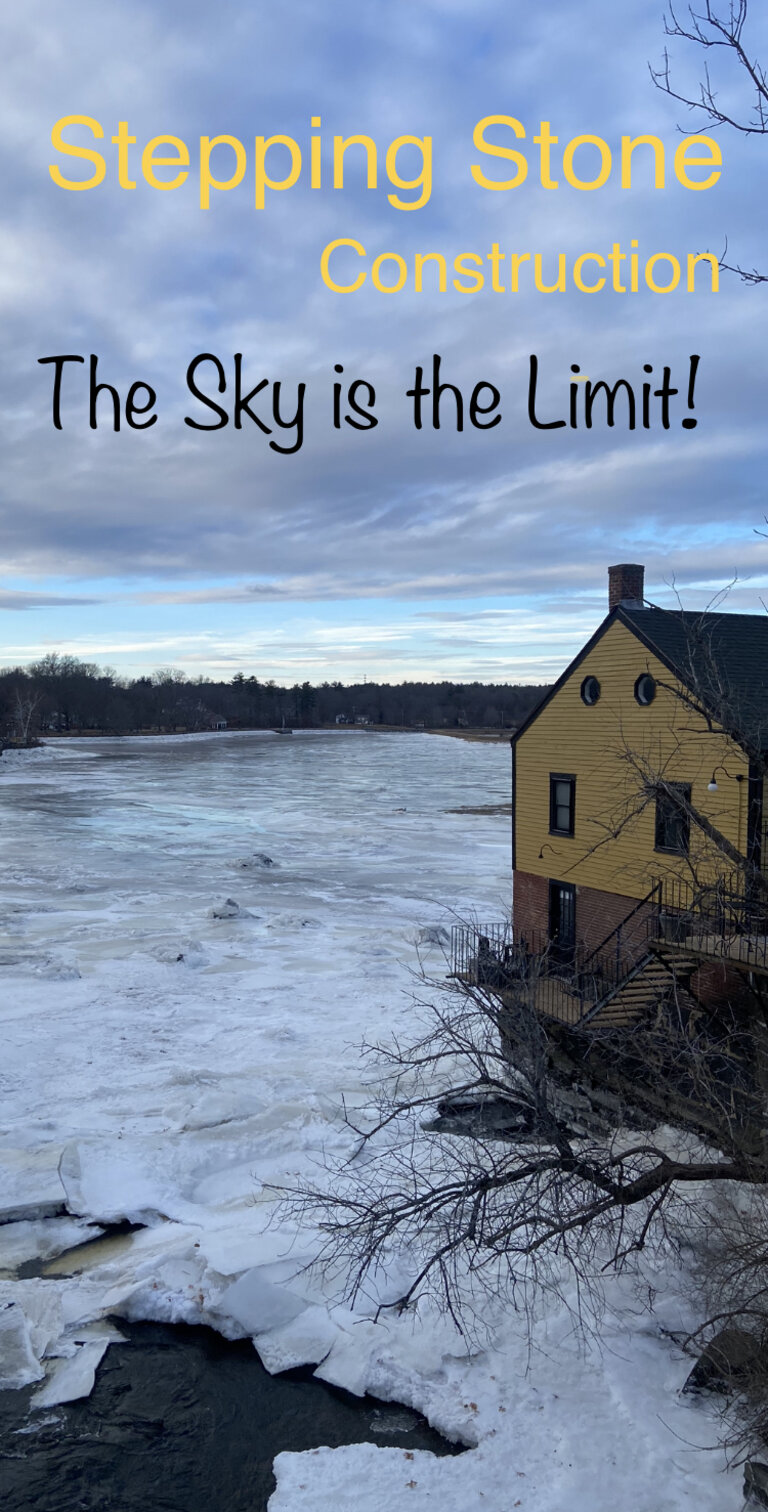
How to Remove Your Deck Boards
The first step in removing your old wooden pressure treated deck boards is to get a good night’s sleep! You will want to be well rested before attempting a home improvement project like this! Especially with the heat of New England’s summer quickly approaching. Identifying the type of fastener used on an older deck can make life easier. Nailed boards can be pried up with a large 3 to 6 foot crow bar using a lever action.
As Isaac Newton famously said,
“Give me a lever and I can move the world!”
Isaac Newton
Decking held down with screw type fasteners can be a bit more of a challenge. If the heads are not rusted you may be able to back them out with a screw gun or the correct profile bit on a power drill. Whichever predicament you find yourself entangled, be sure to stay well hydrated. Again with the summer sunshine on your old deck!
Choosing Lumber
After confirming your existing deck framing is free from rot or insect damage you are ready to choose a replacement decking. Many people in New England choose pressure treated pine as an affordable option as it tends to blend well with the previous building technique. Be sure to leave the appropriate spacing to allow for water drainage and expansion and contraction of the lumber itself.
Choosing Fasteners
You will of couse need to fasten your new boards down with the correct fasteners. Driving the fasteners almost 2 times the width or the board itself into the joist will secure the boards in place for years to come! In order to get that uniform and even alignment of the screw heads (or 16 penny nail heads if you are old school) use your speed square to mark and measure at the center of each joist and 3/4 inches from the edge of the deck board. After marking all the potential screw holes you are ready to drive the fasteners home with your screw gun!
The folks here at Stepping Stone Construction hope you have fun building your new deck this summer in the Seacoast New England area. If you feel you may need some help with the design, planning or building process give us a call or send a message!
Stepping Stone Construction
Imagine Create Inspire
Stepping Stone Construction is the one to call for all your needs in the Southern Maine, North Shore Massachusetts and Seacoast New Hampshire area.

